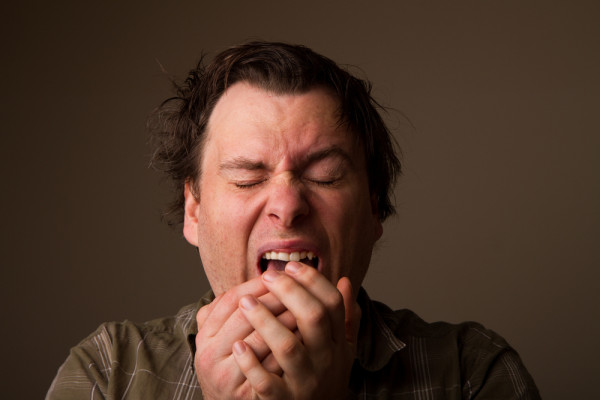When you or someone in your family suffers from allergies or asthma, you try to be extra careful not to allow allergens to build up inside your home. We know the struggle! Unfortunately, as diligent as you are about pets, dust, and bugs, chances are you’re missing a few sneaky spots where allergens like to build up.
From your bathroom floor mat to the blades of your ceiling fan, allergens like to hide in unusual places in your Columbia, Maryland, home; thankfully, even the sneakiest problems have easy solutions. Take a walk through your house to make sure you’re not missing any of these areas and accidentally adding to your allergy and asthma symptoms.
Your Bathroom Floor Mat
Your bathroom mat gets damp and dries out so many times during its life. Mold loves damp conditions like your bathroom, and dust mites love that warm temperature. Every time you step on your bath mat, you’re probably releasing allergens into your bathroom.
Wash your bath mat in hot water every week. After you take a shower and it gets wet, hang it up somewhere outside the bathroom to dry. Put it in an open window, on an outdoor clothes line, or in front of a fan to get the best result.
A UV light installed over the coil of your HVAC system helps get rid of mold throughout the house. Even when you start taking better care of your bath mat, get a UV coil to eliminate any mold spores that might be floating around the house or trapped in the HVAC system. Plus, it’ll help mold from building up on the coil, and it’ll eradicate mold spores that circulate through your ducts from other sources.
Fruit
Fruit is supposed to be good for you, right? You may not have a traditional allergy to certain fruits, but they might exacerbate your allergy symptoms during the pollen allergy season. Time Magazine reports that if any of your allergies come from the pollen of fruit plants, eating those fruits might set your allergies off. Your body is already working hard to fight off those allergens, and ingredients in the fruits themselves might be enough to trick your body into thinking you ingested pollen.
Time suggests peeling the fruits or cooking them to eliminate your allergy symptoms, since the pollen reaction usually occurs when you eat raw fruit, especially the peel. Though avoiding your favorite foods isn’t fun, you may want to avoid certain fruits during your allergy season if they come from plants whose pollen gives you nasty allergy symptoms.
House Plants
We’re not suggesting you’re allergic to your house plants. But you might be allergic to the mold that grows in their soil. If you over- water your house plants, the plants don’t soak up all the moisture in the soil, and that means it’s a lovely new place for mold to grow in your home.
Do some online research, or talk to the professionals at your local plant nursery to find out how much water your plants really need. Get new soil for your house plants before you start a new watering regime to ensure they’re in mold-free soil, and every so often re-pot them in new soil to keep everything fresh. You may also want to consider starting a garden outside or putting your house plants on the front porch instead of inside. Or, get plants that don’t need much water, like cacti.
Carpeting
Any sort of carpeting in your home is basically an allergy trap. From dust mites and pet dander to dirt and pollen, your allergens get stuck in the fibers of your carpet. Every time you, the kids, or the pets walk across the carpeting, those sneaky allergen particles release back into the air and exacerbate your symptoms. Unfortunately, vacuuming alone doesn’t resolve the problem because the allergens get ground into the deepest layers of the carpet, where many vacuums don’t reach.
Unless you’re willing to steam clean your carpets fairly regularly, your solution is to eliminate carpeting for hardwood or laminate flooring. If you can’t stand to lose all your carpeting, think about downsizing your wall-to-wall carpeting for area rugs that will be easier to clean. You may also consider adding ventilation to your house. An energy recovery ventilator will circulate the air in your home, removing particles that might get kicked up from your carpet and other upholstery.
Hair Products
Here’s one you probably didn’t know: your hair products might be keeping pollen stuck in your hair all day. If you use products like gels or hairsprays that are designed to hold your hair in place and are sticky when you first used them, your hair isn’t the only thing that the product sticks to. When you go outside, pollen and other particulates will stick to the hair product, leaving you with a head full of your worst allergy nightmares.
Can you do your hair without as much product? If you can find a hairdo that doesn’t involve hair products, go for it. Try reducing your dependence on your stickiest products. Wash your hair every evening, too, so the pollen and dust come out and you don’t end up sleeping all night with pollen on your pillow.




